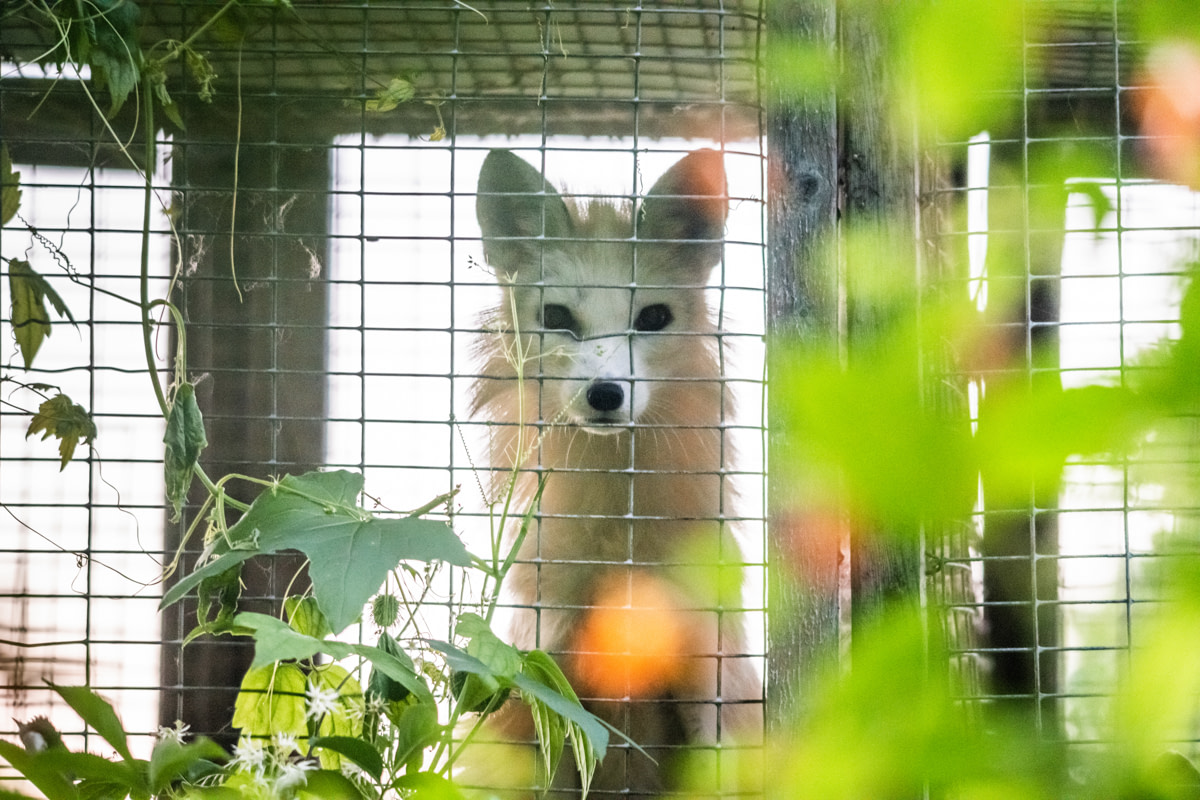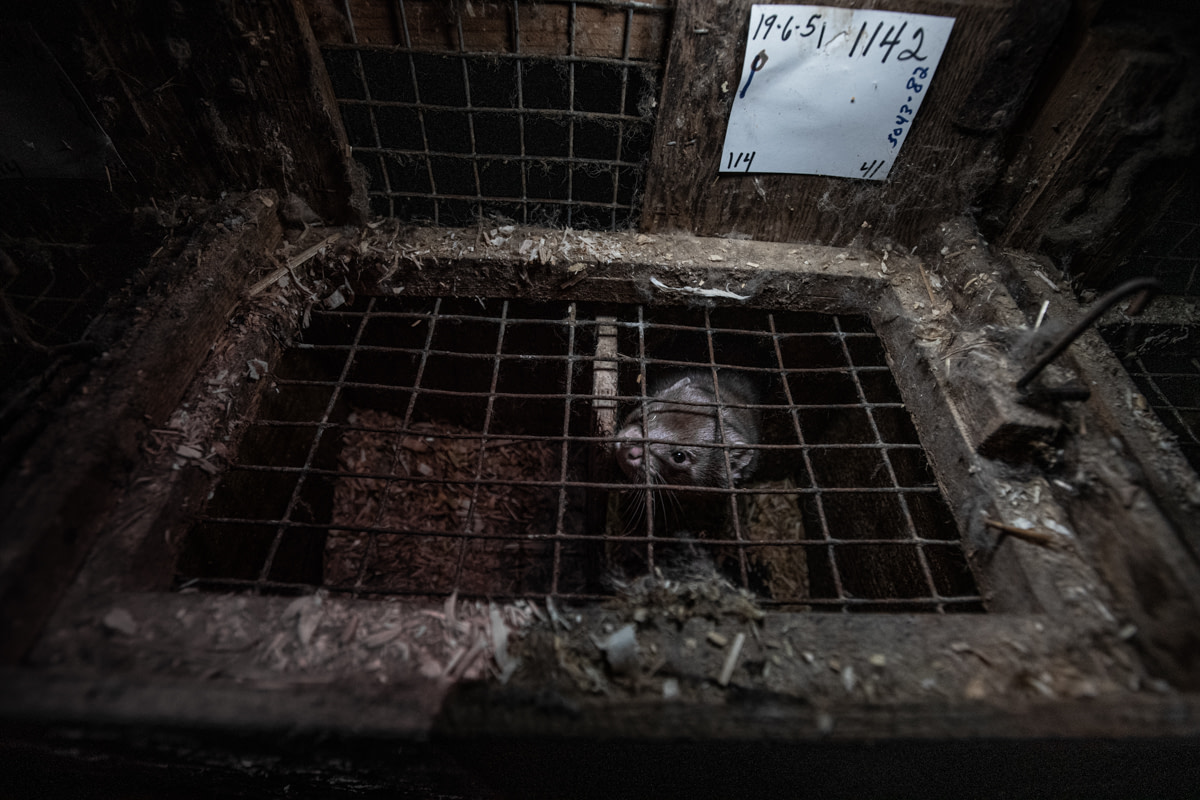An Exposé of Fur Farming in Quebec
Author: We Animals Media
The Canadian animal law advocacy organization Animal Justice believes these conditions are illegal and have filed a legal complaint with authorities. Now, Animal Justice is calling on the Quebec government to outlaw fur farming.
The number of fox and mink farms in the province of Quebec are dwindling, with farms visibly downsizing in space and numbers. This decline of the industry in Quebec reflects national and global trends. There were over 300 fur farms in Canada in 2011, but fewer than 100 fur farms in 2021—the lowest number of farms on record. In November 2021, British Columbia became the most recent Canadian province to phase out its mink fur farming industry.
“Cramming foxes and minks into barren wire cages for their entire lives deprives them of the ability to fulfill nearly every biological need. Quebec should follow in BC’s footsteps and ban this antiquated industry that causes immense suffering to animals and exposes people to dangerous public health risks.” ― Alanna Devine, Montreal-based jurist and spokesperson for Animal Justice
“I visited this same mink farm in 2014. We now know that the farm has drastically reduced its operations, with only a few mink sheds still in use. This trend is in keeping with the decline of this dying industry.” ― Jo-Anne McArthur, animal photojournalist and Founder of We Animals Media

“The first time I visited fur farms was in 2009. It was a shock to see the decrepit, putrid, mass incarceration of so many animals in tiny cages in rows of long sheds, offering me yet another of the many moments of disbelief that I experience in my career. I have since photographed fur farming extensively, and it is with urgency that I wish for this unnecessary industry to end.” ― Jo-Anne McArthur
“For every reason, fur farming is an abomination. As a photojournalist, I have seen these animals. Many are despondent while others exhibit repetitive stress behaviours. Tiny, squalid cages are no places for these animals. I implore everyone to bear witness with me. To look at these images and not turn away, and to think critically about our use of these animals. There can be no fur trade if there is no demand.” ― Jo-Anne McArthur
Take Action
Donate today and help us continue to produce compelling global investigations into these cruel industries.
More like this from We Animals Media:
The Decline of Fur Farming in Canada
by We Animals Media | Jun 20, 2022
5,000 Foxes: The Transaction of a Mercy Release Rescue
by Jenny Tang and Kelly Guerin | Jun 11, 2020











